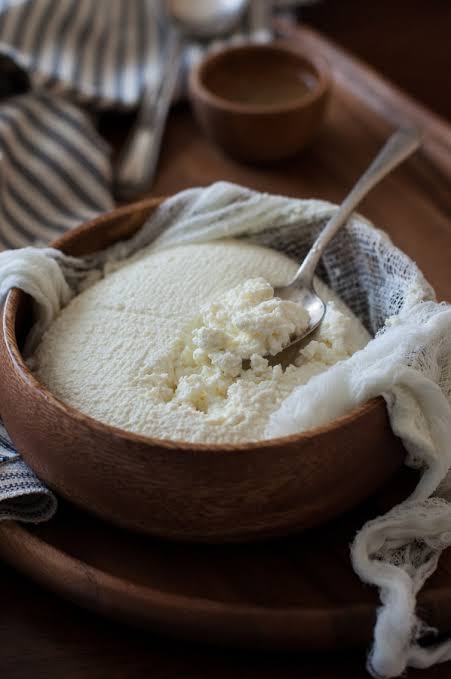Cultured: The Art of Making Cheese from Scratch
Hey Chefs,
Today in culinary school it was all about cheese! And what a day it was. Between learning the science behind cheesemaking and actually crafting our own, it felt like we’d unlocked one of the oldest and most delicious culinary secrets.
Cheese starts with something deceptively simple: milk. But from there, it becomes an art form. Temperature, cultures, enzymes, time, and technique all play their part in transforming milk into something entirely new.
We learned about the major families of cheese and how each one gets its distinct personality:
- Fresh Cheeses — like ricotta, mascarpone, and chèvre — are unaged, delicate, and mild. They’re made by curdling milk and draining the whey without pressing or aging. They rely on freshness for flavor, making them perfect for spreading, blending, or topping.
- Soft-Ripened Cheeses — think Brie and Camembert — are aged briefly and develop that signature bloomy white rind. They’re made using specific mold cultures (like Penicillium candidum) that create a buttery, luscious interior.
- Washed-Rind Cheeses — like Taleggio or Limburger — are bathed in brine or alcohol during aging. This encourages bacteria that produce a stronger aroma and a rich, meaty flavor.
- Semi-Hard Cheeses — such as Havarti, Fontina, or Gouda — are pressed to remove more whey and aged to develop elasticity and nutty depth.
- Hard Cheeses — like Parmesan and aged cheddar — undergo longer pressing, higher temperatures, and months (or even years) of aging. These processes concentrate their flavor and create that satisfying crystalline texture.
- Blue Cheeses — such as Gorgonzola or Roquefort — get their signature marbling from Penicillium roqueforti mold, introduced during the curd stage. They’re aged in humid environments that allow those blue veins to flourish.
Each style begins with the same foundation—milk, acid or cultures, and rennet—but the journey from there is where the magic happens.
We also got hands-on with fresh cheeses, and that’s where I discovered my new obsession: homemade ricotta. It’s shockingly simple to make and so much better than anything store-bought. Once you’ve tasted it warm, fresh from the pot, there’s no going back.
Here are a few tips for making the best ricotta:
- Use whole milk, and replace a small amount with heavy cream for extra richness.
- Add your acid (lemon juice or vinegar) gently and stop stirring once curds begin to form.
- Strain just until you reach your desired texture—soft and creamy for spreading, or longer for a drier ricotta perfect for lasagna or gnocchi.
- Enjoy it warm with honey and sea salt, or chill it for a light, milky sweetness.
Cheese is truly a celebration of patience and precision, but also of comfort and joy. Whether it’s a humble bowl of fresh ricotta or an aged Parmigiano-Reggiano, every cheese tells a story of craftsmanship and culture.
Here is the recipe for Homemade Ricotta.
So, go ahead—say cheese, and make some magic.
 Brennah Van Wagoner
Brennah Van Wagoner
Weekly Newsletter Contributor since 2025
Email the author! brennah.oaks@gmail.com

